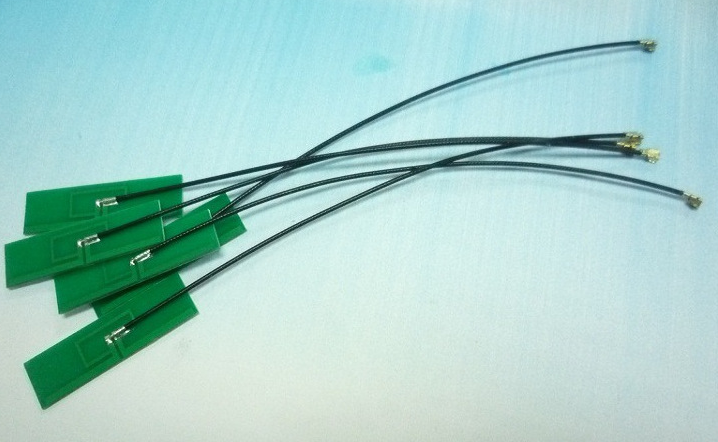Related Technologies for Designing PCB Antennas
Introduction
In modern wireless communication, antennas play a vital role in transmitting and receiving signals. Printed circuit board (PCB) antennas have gained significant popularity over the years as they provide an inexpensive and efficient solution. In this article, we will discuss the aspects of designing a PCB antenna.

Design Considerations
The following considerations should be kept in mind while designing a PCB antenna:
1. Frequency Range: The frequency range of the antenna should be decided based on the application requirements. A specific frequency must be chosen so that the size and shape of the antenna can be accurately determined.
2. Size and Shape: The size and shape of the antenna can affect the antenna's impedance matching and the radiation pattern. While designing the antenna, it is crucial to select the size and shape of the antenna that meets the desired electrical requirements and fits within the available space.
3. Substrate Material: The antenna's substrate material plays a vital role in determining the performance of the antenna. The choice of substrate material dictates the antenna's radiation efficiency, bandwidth, and gain. A high-quality substrate material can ensure better performance of the antenna.
4. Ground Plane: The performance of the antenna is significantly affected by the ground plane's size and shape. Proper grounding must be provided to ensure that the antenna operates at the desired frequency range.
5. Impedance Matching: Impedance matching is essential for efficient signal transmission and reception. A matching circuit should be integrated into the antenna design to ensure that the output impedance of the antenna matches the input impedance of the signal source to avoid signal reflections.
Design Techniques
There are several design techniques that can be used to design PCB antennas. The most common techniques include:
1. Microstrip Patch Antennas: A microstrip patch antenna is a type of antenna that consists of a radiating patch and a ground plane. The patch antenna is designed on a substrate, and the ground plane is placed beneath it. The radiating patch is typically fed through a microstrip transmission line to the signal source.
2. Meander Line Antennas: A meander line antenna is a type of antenna that consists of a meandering strip of conducting material on a substrate. This antenna is designed to operate on a single frequency or a narrow frequency bandwidth.
3. Inverted-F Antennas: An inverted-F antenna consists of a planar radiating element and a ground plane. This type of antenna is a compact and low-profile design that provides good radiation patterns and impedance matching.
Conclusion
Designing PCB antennas requires careful consideration of various parameters, including the frequency range, size and shape, substrate material, ground plane, and impedance matching. By carefully selecting the design parameters and using design techniques such as microstrip patch antennas, meander line antennas, and inverted-F antennas, it is possible to achieve efficient, compact, and cost-effective PCB antennas.





